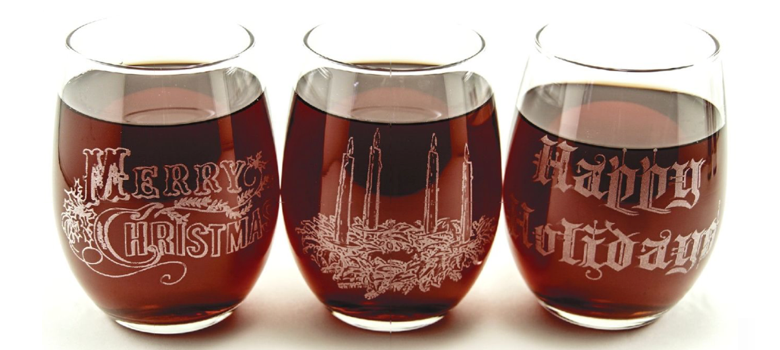Getting Started in Glassware Engraving

It’s important to note that glass engraving differs from other types of engraving, such as wood or leather because we’re not actually removing material. When a laser strikes glass, it actually fractures the surface. The fracturing of the glass surface produces a frosted appearance, but it can also cause roughness and chipping depending on the type of glass being engraved. While the frosty contrast is desirable, the roughness and chipping are not.
The composition and quality of glass vary widely, and it’s not always easy to predict the effect that you will achieve, so it’s always best to experiment with an unfamiliar glass source. For the most part, flat glass tends to have a consistent hardness throughout, and the engraved areas don’t tend to have lighter and darker areas. Bottles, on the other hand, tend to have soft and hard spots that cause the engraved area to appear lightly frosted in one area and heavily frosted in another. Engraving at medium speed and high power can somewhat compensate for this, as will two or more engraving passes.
While the laser beam itself is hot, the heat doesn’t build up easily, and it shouldn’t discourage you from engraving onto full bottles of wine, champagne, or other filled glass bottles. These all make fantastic gifts.